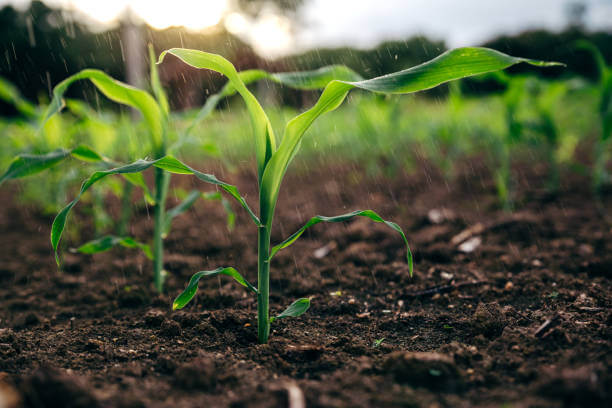Climate change is decreasing available soil moisture which has major impacts on sub-Sahara Africa’s food production. 10 per cent of currently arable land that previously didn’t lack moisture is expected to be affected.
This will reduce farmers’ yields and increase farming costs by necessitating investment in irrigation.
Further, if not well managed temperature-driven decline in soil organic matter will lead to a reduction in the soil’s water-holding capacity, especially in regions with sandy soils.
Soil moisture is critical in agriculture as it is the main source of water for the top one to two meters of the soil where most plants acquire their hydration for photosynthesis, transport, and nutrient uptake. Less recognised, soil moisture also plays a role in decomposition, as well as predicting and reducing crop losses from diseases.
Related News: Charcoal dust improves farmer yields, saves cost & bolsters soils
Related News: Herbaceous legume reduces weeds, increases soil fertility
Tackling reduced soil moisture through Integrated soil fertility management (ISFM)
This refers to the incorporation of organic and inorganic fertilisers as well as the use of improved planting material. This form of agriculture also requires a farmer to be knowledgeable on how to adapt these techniques to their local conditions to improve their crop nutrient use efficiency and productivity.
Tests conducted by AGRA have shown ISFM can triple cereal crop yields and double legume production for smallholder farmers.
“The gap between the potential yield and actual crop yield for most farmer fields in SSA, especially for cereals often exceeds 4 t/ha. For legumes, the yield gap exceeds 1.5 t/ha. These low yields are often associated with poor soil health. Climate change could push the gap further. The interventions that boost soil fertility and hence soil health, often referred to as integrated soil fertility management, have shown great promise for increasing crop yields and adapting agricultural systems to climate change and variability.” (Soil health and climate change: Implications for food security in Sub-Saharan Africa)
They include rotation of cereals with legumes, intercropping of cereals with legumes, manure applications, and chemical fertilizer application.
This strategy feeds soils with fixed nitrogen from the legumes, and organic matter which enhances their ability to retain water. This is critical in adapting soils to increasingly dwindling moisture content under climate change.
It also utilises inorganic fertilisers to easily improve agricultural output.
Related News: Kenyan Soils Rejuvenated by Mucuna Bean’s Nitrogen Fixation
More than improved yields, IFM practices also produced 1.5 tonnes higher organic matter in both maize and legumes than when conventional planting methods were used. If incorporated into soils, this helps make the soil healthier by improving its organic matter content, infiltration, and moisture-holding capacity through increased microbial activity.
Intercropped and rotated crops also mature at different times assuring the farmers of soil ground cover over a longer time. This decreases soil direct sunlight exposure slowing down the loss of soil organic matter and soil moisture losses through evaporation.
In western Kenya, in addition to doubling maize crop yields, relative to bare land, improved fallow enhanced the soil’s water retention by about 30 per cent.
Photo Courtesy
